Sheldonian Theatre
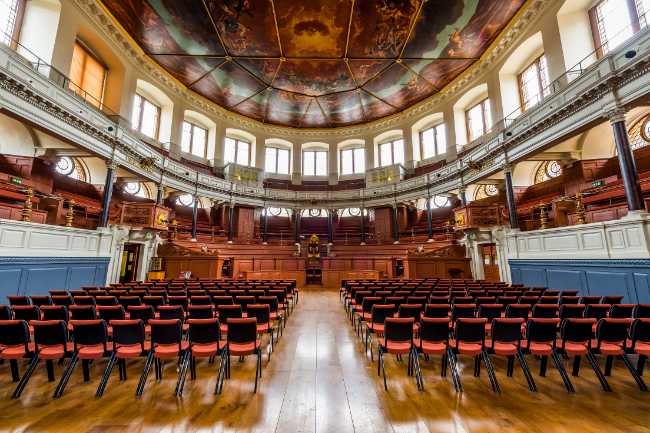
The Sheldonian Theatre, on Broad Street in the heart of Oxford, is a masterpiece by Sir Christopher Wren, built between 1664 and 1669 as his first major architectural commission. Funded largely by Gilbert Sheldon, then Chancellor of the University, it was designed as a ceremonial hall for degree conferrals, lectures, and concerts, breaking from the Gothic tradition with its elegant Baroque style inspired by classical Roman theatres. Its distinctive D‑shaped plan, intricate timber roof, and painted ceiling by Robert Streater create a space of both grandeur and intimacy. Today, the Grade I listed building remains central to university life, hosting official ceremonies, public talks, and world‑class musical performances. Visitors can climb to the Cupola for panoramic views over Oxford’s spires or admire the auditorium’s historic details from within. The Sheldonian stands as a symbol of the city’s academic heritage and architectural innovation, linking 17th‑century vision with a vibrant contemporary cultural role.
Oxford United KingdomThe Sheldonian Theatre is located on Broad Street in the heart of Oxford city centre (OX1 3AZ), just a ten-minute walk from Gloucester Green bus station and a 15-minute walk from Oxford railway station. Designed by Sir Christopher Wren and completed between 1664 and 1669, this iconic Grade I listed building serves as the University of Oxford’s ceremonial hall and hosts concerts, lectures, and university events. Its distinctive eight-sided cupola offers panoramic views of the city. Nearby, visitors can explore other historic sites such as the Bodleian Library, Old Ashmolean Museum, Clarendon Building, and the Divinity School. Broad Street is a lively thoroughfare filled with shops, cafes, and cultural landmarks, making the Sheldonian Theatre an essential part of Oxford's rich architectural and academic heritage.
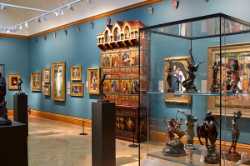 Ashmolean Museum
Oxford
Ashmolean Museum
Oxford
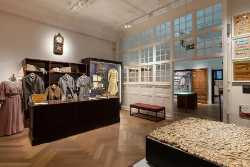 Museum of Oxford
Oxford
Museum of Oxford
Oxford
 Oxford University Museum of Natural History
Oxford
Oxford University Museum of Natural History
Oxford
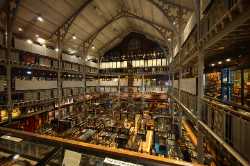 Pitt Rivers Museum
Oxford
Pitt Rivers Museum
Oxford
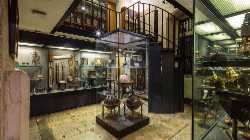 History of Science Museum
Oxford
History of Science Museum
Oxford
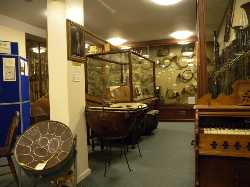 Bate Collection of Musical Instruments
Oxford
Bate Collection of Musical Instruments
Oxford
 Science Oxford Centre
Oxford
Science Oxford Centre
Oxford
 The Story Museum
Oxford
The Story Museum
Oxford
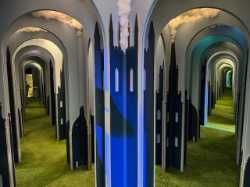 Oxford Illusion Museum
Oxford
Oxford Illusion Museum
Oxford
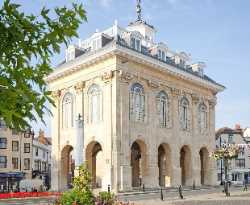 Abingdon County Hall Museum
Oxford
Abingdon County Hall Museum
Oxford
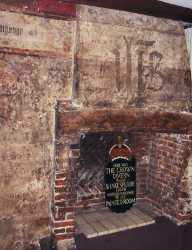 The painted room
Oxford
The painted room
Oxford
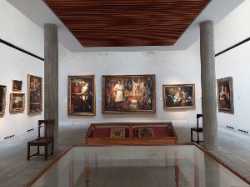 Christ Church Picture Gallery
Oxford
Christ Church Picture Gallery
Oxford
 Convocation House
Oxford
Convocation House
Oxford
 Oxford Bus Museum
Oxford
Oxford Bus Museum
Oxford
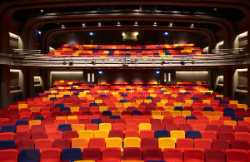 Oxford Playhouse
Oxford
Oxford Playhouse
Oxford
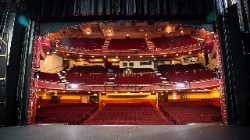 New Theatre Oxford
Oxford
New Theatre Oxford
Oxford
 Pegasus Theatre
Oxford
Pegasus Theatre
Oxford
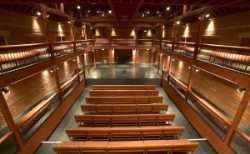 The North Wall Arts Centre
Oxford
The North Wall Arts Centre
Oxford
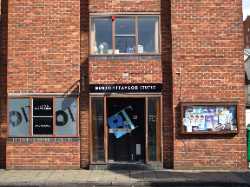 Burton Taylor Studio
Oxford
Burton Taylor Studio
Oxford
 Modern Art Oxford
Oxford
Modern Art Oxford
Oxford
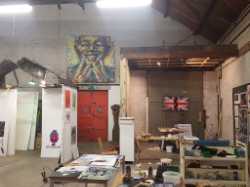 Ovada
Oxford
Ovada
Oxford
 Sarah Wiseman Galler
Oxford
Sarah Wiseman Galler
Oxford
 Castle Fine Art Oxford
Oxford
Castle Fine Art Oxford
Oxford
 Oxford Castle & Prison
Oxford
Oxford Castle & Prison
Oxford
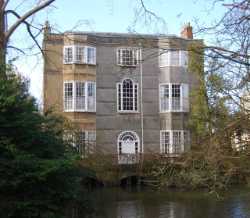 The Grandpont House
Oxford
The Grandpont House
Oxford
 Christ Church College
Oxford
Christ Church College
Oxford
 Radcliffe Camera
Oxford
Radcliffe Camera
Oxford
 Carfax Tower
Oxford
Carfax Tower
Oxford
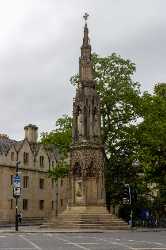 Martyrs’ Memorial
Oxford
Martyrs’ Memorial
Oxford
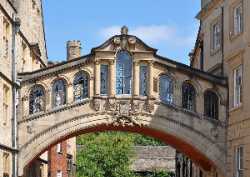 Bridge of Sighs
Oxford
Bridge of Sighs
Oxford
 University Parks
Oxford
University Parks
Oxford
 Christ Church Meadow
Oxford
Christ Church Meadow
Oxford
 South Park
Oxford
South Park
Oxford
 Port Meadow
Oxford
Port Meadow
Oxford
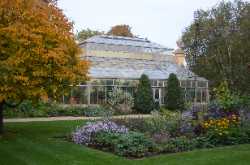 Oxford Botanic Garden
Oxford
Oxford Botanic Garden
Oxford
 Oxford Covered Market
Oxford
Oxford Covered Market
Oxford
 Gloucester Green Market
Oxford
Gloucester Green Market
Oxford
 East Oxford Farmers’ & Community Market
Oxford
East Oxford Farmers’ & Community Market
Oxford